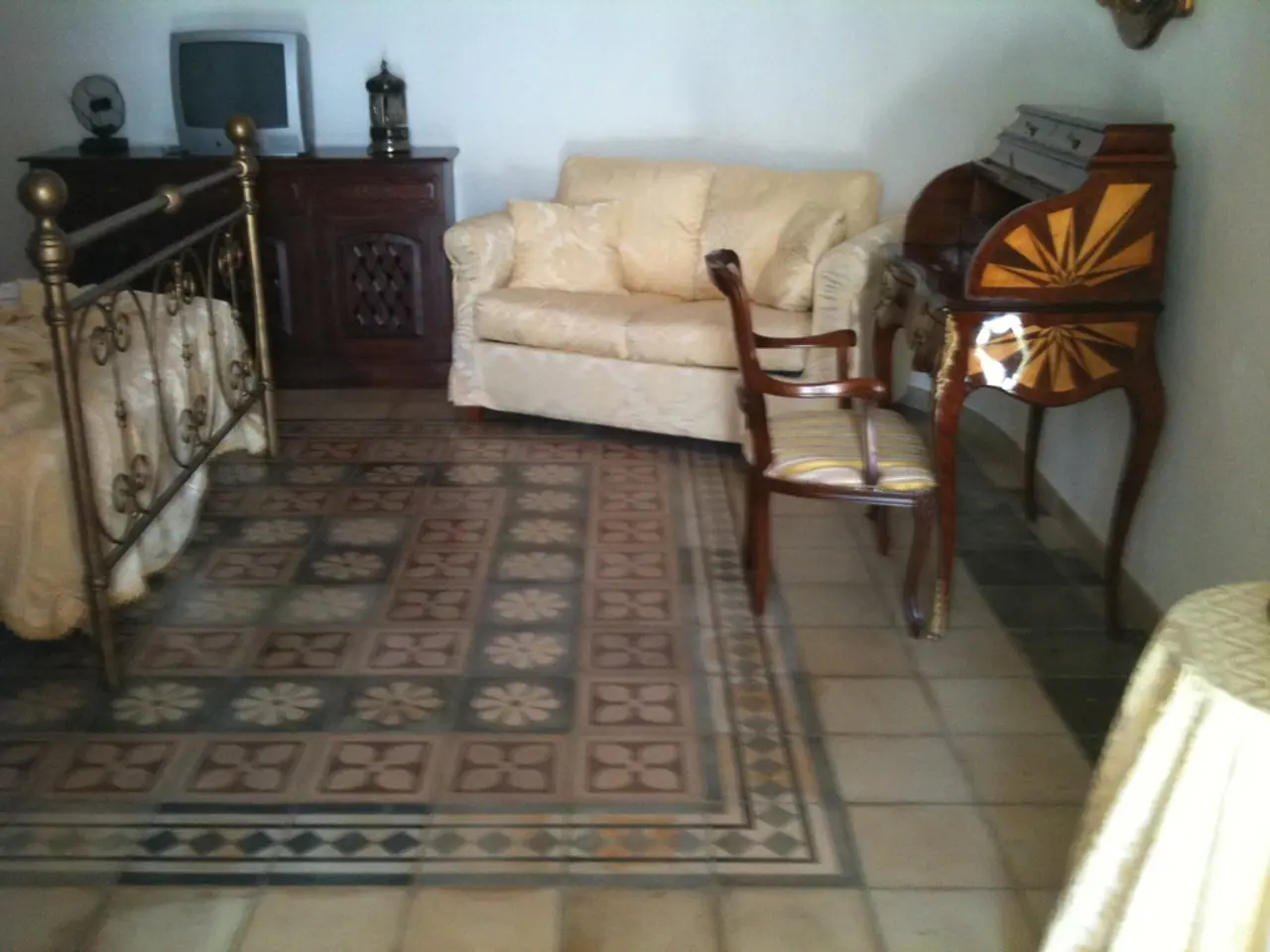Redesigning Environments through AI Technology
In the ever-evolving world of interior design, an exciting new chapter has been unfolding. The integration of Artificial Intelligence (AI) into the field is offering homeowners unprecedented access to professional-quality design tools and inspiration. This technological leap has led to the rapid growth of the AI interior design tool market, with platforms like Roomvo and Modsy leading the charge.
One of the key advantages of AI-assisted designers is their ability to address the challenge of originality. Instead of relying solely on AI, these tools use it as a starting point, layering personal insight and customization onto AI-generated foundations. This approach ensures that each design remains unique and tailored to the individual's taste.
In the realm of real estate, AI-powered virtual staging has become popular. By furnishing empty properties with stylish decor that appeals to potential buyers, this technology is helping to sell homes more efficiently.
For professional designers, AI provides powerful new capabilities while freeing up time for the uniquely human aspects of design. Tools like AI-powered mood board generators help designers explore aesthetic directions with clients more efficiently, and AI rendering tools allow them to show clients exact visualizations of proposed changes in their actual spaces.
AI is also valuable for space planning, suggesting optimal furniture arrangements considering factors like natural light, traffic flow, and functional requirements. Moreover, AI tools can analyze vast design element databases to generate tailored design solutions based on user preferences and room dimensions.
Color palette generators powered by AI suggest harmonious color schemes based on existing elements in a space, ensuring a cohesive and visually pleasing design. Some AI tools even predict how design choices will affect mood, productivity, or well-being based on psychological research and biometric data.
The future of AI in interior design is promising, with virtual and augmented reality technologies, smart home integration, and machine learning algorithms that understand individual preferences over time. However, challenges remain, including understanding highly personal or emotional aspects of design, maintaining originality, and ensuring privacy and data security.
In the heart of the AI-assisted interior design revolution is Arlington Avenue Interiors, a design blog that uses AI to enhance the creative process while maintaining a personal touch. Their designs demonstrate the technology's capability to generate sophisticated, cohesive interior concepts. AI is used as a collaborative tool rather than a replacement for human intuition by Arlington Avenue Interiors.
When it comes to creating mood boards, photorealistic renderings, and optimal furniture arrangements, several AI tools stand out. For mood boards and concept ideation, Midjourney and Reimagine Home AI are popular choices. For photorealistic renderings and furniture placement, PaintIt AI and Foyr Neo offer advanced, functional outputs with shopping integration. For room redesigns and quick style testing, RoomGPT is effective. For complete room modeling and layout planning, Planner 5D AI provides detailed 2D/3D tools and AI layout suggestions.
These tools represent the leading edge of AI-assisted interior design workflows in 2025. Style transfer tools can take inspiration from one room and apply its aesthetic principles to an entirely different space. The future of interior design is a thoughtful integration of AI and human creativity, creating possibilities we're only beginning to explore.
- As the home-and-garden sector evolves, the emergence of AI in interior design becomes increasingly significant, with platforms like Midjourney and Reimagine Home AI providing innovative tools for creating mood boards and concept ideation.
- In line with the lifestyle trends of today, AI-driven technology continues to reshape the interior design landscape, offering tools like PaintIt AI and Foyr Neo for photorealistic renderings and furniture placement, fostering a thoughtful integration of AI and human creativity for the future.




